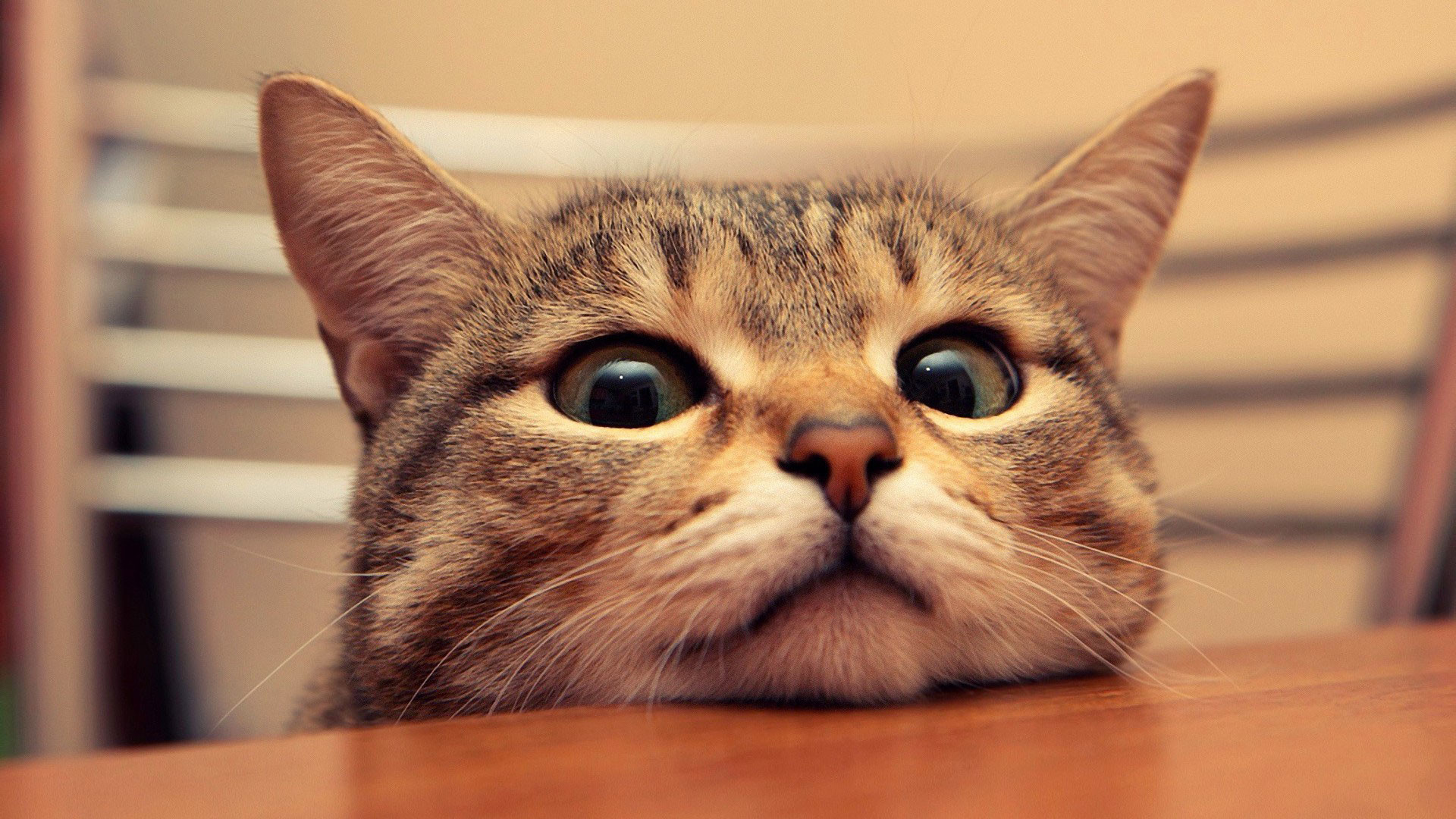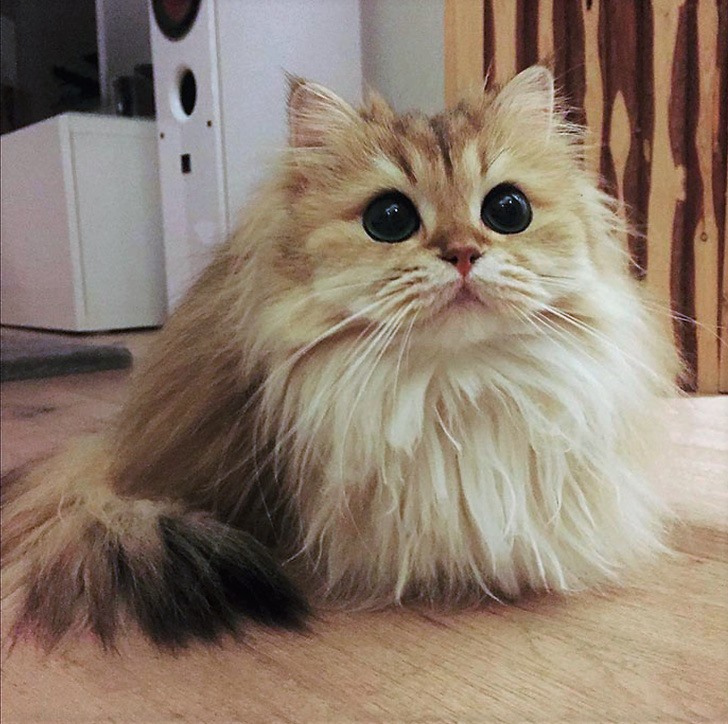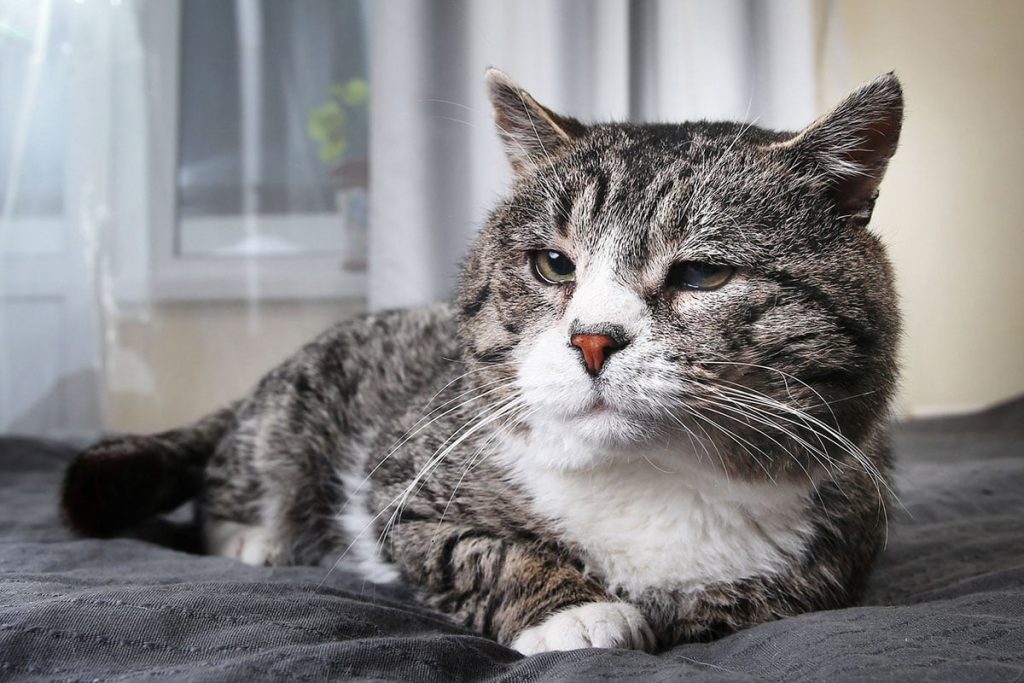Warning: Common Houseplants That Can Be Toxic to Cats
Houseplants bring beauty, freshness, and tranquility to our homes. For many people, having greenery indoors is part of a healthy, calming lifestyle. However, if you’re a cat owner, you might unknowingly be inviting danger into your living space. While plants are generally safe for humans, several popular houseplants can be extremely toxic to cats — causing anything from mild discomfort to serious health complications, or even death.
In this article, we’ll explore the most common houseplants that are harmful to cats, signs of plant poisoning, what to do if your cat ingests something toxic, and safe alternatives to keep your home both green and feline-friendly.
1. Why Are Some Houseplants Dangerous to Cats?

Cats are curious creatures. They love to chew on leaves, bat at hanging vines, or dig in plant soil. Unfortunately, many common houseplants contain chemical compounds that are toxic when ingested. These toxins may affect a cat’s liver, kidneys, nervous system, or digestive tract.
Because cats groom themselves frequently, even brushing against toxic leaves and then licking their fur can lead to harmful exposure.
2. Popular Houseplants That Are Toxic to Cats

Here’s a list of some common indoor plants that can be harmful or fatal to your feline friend:
a. Lilies (Lilium and Hemerocallis species)
Lilies are beautiful but extremely dangerous to cats. Even a small amount — such as licking pollen or chewing a petal — can lead to acute kidney failure. Every part of the lily plant is toxic.
b. Dieffenbachia (Dumb Cane)
This decorative plant contains calcium oxalate crystals that can cause burning of the mouth, excessive drooling, vomiting, and difficulty swallowing.
c. Aloe Vera
While known for its medicinal benefits for humans, Aloe Vera is toxic to cats. It can cause vomiting, diarrhea, lethargy, and changes in urine color.
d. Sago Palm
All parts of the Sago Palm are poisonous, but the seeds (often called “nuts”) are the most toxic. Ingestion can cause vomiting, liver failure, and even death.
e. Philodendron
A favorite for its low maintenance, Philodendron can irritate the digestive tract, causing swelling of the mouth and throat, vomiting, and drooling.
f. Snake Plant (Sansevieria)
Although often recommended for beginners, the Snake Plant contains saponins that can lead to nausea, vomiting, and diarrhea in cats.
g. Pothos (Devil’s Ivy)
Pothos is extremely common in homes and offices. It causes oral irritation, drooling, vomiting, and difficulty swallowing when chewed.
3. Symptoms of Plant Poisoning in Cats

If your cat has ingested or come into contact with a toxic plant, you may notice some of the following symptoms:
- Excessive drooling
- Vomiting or diarrhea
- Lethargy or weakness
- Loss of appetite
- Difficulty breathing
- Seizures or tremors
- Pawing at the mouth or face
- Swelling of the lips, tongue, or throat
These signs may appear quickly or take several hours depending on the plant and amount ingested.
4. What to Do If Your Cat Eats a Toxic Plant

If you suspect your cat has chewed or eaten a toxic plant:
- Act fast: Remove any plant material from their mouth and prevent further access.
- Call your vet: Provide the name of the plant (or a picture) and describe symptoms clearly.
- Do not induce vomiting unless instructed by a professional.
- Take your cat to the vet immediately for diagnosis and treatment.
Time is critical — especially with high-risk plants like lilies and sago palms.
5. Safe Alternatives: Cat-Friendly Houseplants
You don’t have to give up on greenery completely. Here are some non-toxic, cat-safe plants to consider:
- Spider Plant (Chlorophytum comosum): Non-toxic and easy to grow.
- Areca Palm (Dypsis lutescens): A stylish tropical option.
- Calathea: Beautiful foliage and completely pet-safe.
- Boston Fern (Nephrolepis exaltata): Lush and non-toxic.
- Prayer Plant (Maranta): Vibrant colors and safe for cats.
- Bamboo Palm: Air-purifying and cat-friendly.
While these plants are considered non-toxic, it’s still best to discourage chewing to prevent stomach upset or choking hazards.
6. Tips for Cat-Proofing Your Indoor Garden
- Place plants out of reach or use hanging planters and wall-mounted pots.
- Use repellents like citrus peels or diluted vinegar near plants.
- Provide cat grass or catnip as a safe alternative to chew.
- Supervise and train your cat not to touch certain areas or plants.
Final Thoughts
Your love for both houseplants and your feline companion doesn’t have to conflict — but it does require mindfulness. Learning which plants pose a risk and making informed choices will keep your cat healthy and your home beautiful.
Make it a habit to research any new plant before bringing it home, and always consult your vet if your cat shows any signs of illness. A little caution goes a long way in preventing unnecessary emergencies.
Read more about pet health and safety from these trusted resources:














